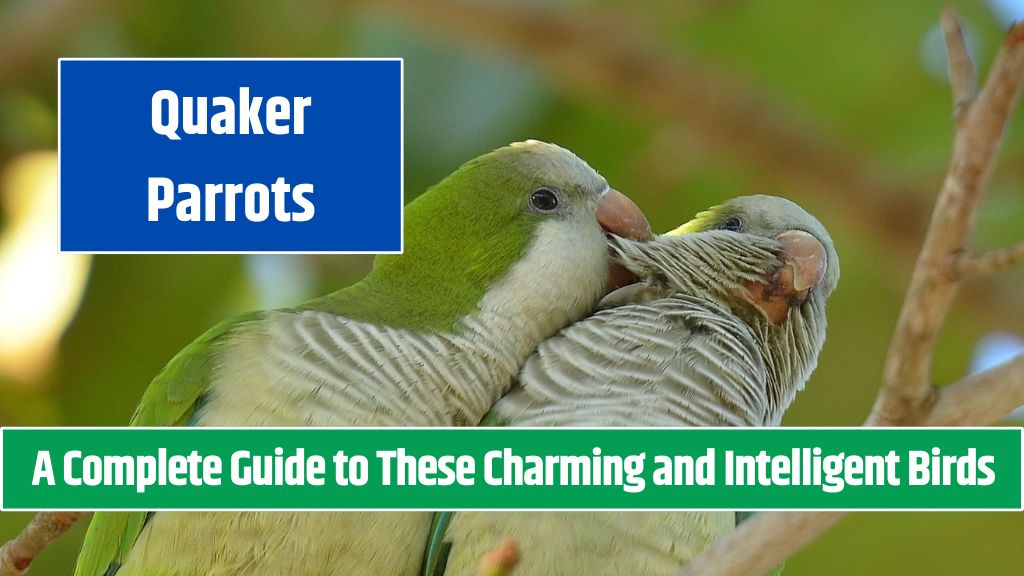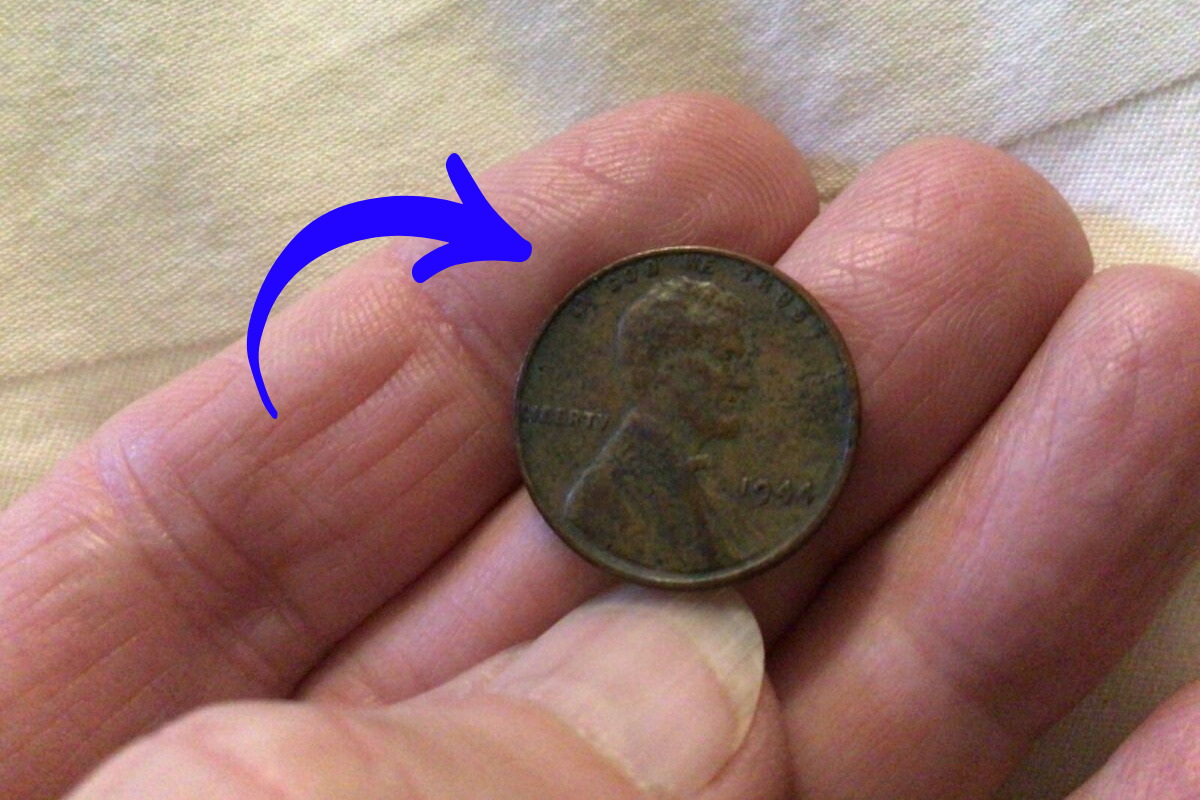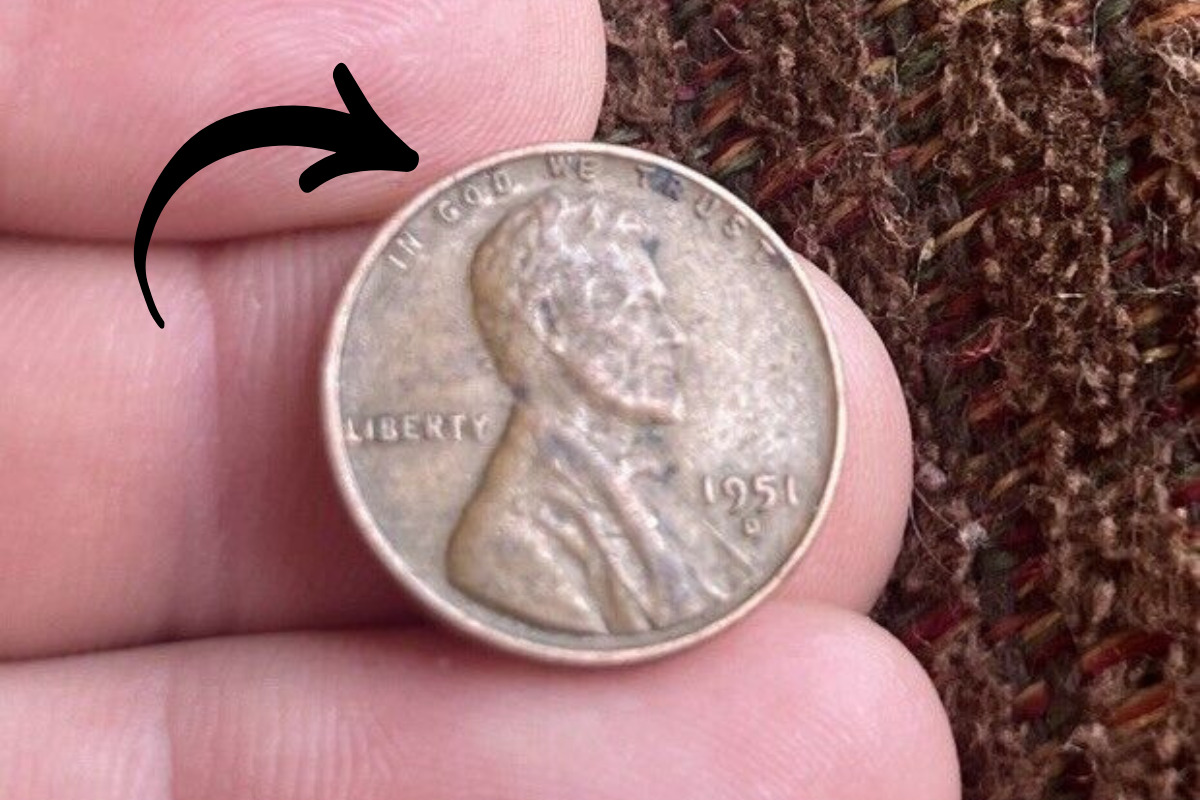Meet the shoebill stork (Balaeniceps rex), one of nature’s most bizarre and awe-inspiring birds. Often referred to as the whalehead or whale-headed stork, this prehistoric-looking creature has both fascinated and frightened onlookers for centuries. With its massive beak, towering size, and piercing stare, the shoebill is truly a spectacle in the animal kingdom.
Why Is It Called a Shoebill?
The shoebill gets its name from its most prominent feature—a huge, shoe-shaped beak that looks oddly similar to a Dutch clog. But this is not just for show:
- Measuring about 7 inches (18 cm) long, the beak is perfect for skewering and cutting prey.
- The sharp edges and pointed tip allow it to snatch and consume everything from fish to baby crocodiles.
Where Do Shoebills Live?
Native to the marshy swamps of East Africa, shoebills are typically found from South Sudan to Zambia. Their ideal habitat is shallow freshwater wetlands filled with:
- Floating vegetation
- Reedy grasses
- Slow-moving or stagnant water
Unfortunately, habitat loss due to agriculture, industry, and climate change has pushed these birds into a vulnerable state. According to estimates, only 3,300 to 5,300 individuals remain in the wild.
The Shoebill’s Massive Size and Hunting Prowess
These birds are giants of the wetlands:
- Height: Up to 5 feet (1.5 meters)
- Weight: Between 12–15 pounds (5.4–6.8 kg)
- Wingspan: An impressive 8 feet (2.4 meters)
Shoebills are expert hunters with a diet that includes:
- Lungfish, tilapia, and catfish
- Frogs and water snakes
- Monitor lizards
- Baby crocodiles
Their hunting technique involves standing perfectly still for long periods until prey comes close, followed by a lightning-fast strike using their formidable beak.
Behavior: Intimidating Yet Harmless to Humans
Despite their fearsome appearance, shoebills are surprisingly docile around humans:
- They’re known for their slow, deliberate movements and tendency to stand motionless for hours.
- Their gaze—often described as a “death stare”—is more curiosity than aggression.
If you’re lucky enough to encounter one in the wild, keep a respectful distance of about 10 feet (3 meters) for safety and better photo opportunities.
What’s That Sound?
Shoebills also produce a startling sound often compared to a jackhammer or machine gun—this “bill-clattering” is used for communication, especially during nesting.
Shoebill Breeding and Nesting Habits
Shoebills are monogamous birds that can live up to 35 years. Their breeding behavior is as unique as their appearance:
- Both partners build enormous floating nests (up to 10 feet wide and 9 feet deep).
- Females usually lay 2–3 eggs, but only one chick typically survives due to sibling rivalry or neglect.
- The surviving chick is fiercely protected until it can fend for itself.
Fascinating Facts About Shoebills
- Reluctant Flyers: Despite their massive wingspan, shoebills don’t fly much—short trips of 65 to 1,000 feet (20–300 meters) are the norm.
- Crocodile Fighters: They’ve been known to take on Nile crocodiles to snatch their young for food.
- Unlikely Hippo Buddies: They often hang around hippos since the large animals help stir up fish and other prey.
- Nature’s AC: Shoebills defecate on their own legs to stay cool—a behavior known as urohidrosis.
Why Are Shoebills Vulnerable?
Despite their strength, shoebills face several challenges:
- Habitat destruction due to farming and industrial expansion
- Climate change leading to shrinking wetland habitats
- Poaching for illegal pet trade and hunting
Their need for wide hunting territories and low chick survival rates make conservation efforts even more critical.
The shoebill stork is truly one of nature’s most remarkable oddities—equal parts intimidating and endearing. Their unusual appearance, fascinating behavior, and critical role in their ecosystem make them a species worth protecting. As human activities continue to threaten their survival, conservation efforts are crucial to ensuring future generations can witness these living dinosaurs in the wild.
FAQ’s
Where do shoebill storks live?
Shoebills are native to the marshy freshwater swamps of East Africa, from South Sudan to Zambia. They prefer habitats with shallow water and floating vegetation.
What do shoebill storks eat?
Their diet includes lungfish, tilapia, catfish, frogs, water snakes, monitor lizards, and even baby crocodiles. They use their large beaks to catch and kill prey efficiently.
Are shoebill storks dangerous to humans?
No, shoebills are generally docile around humans. They tend to remain still for long periods and pose no threat unless provoked.
Why are shoebill storks considered vulnerable?
Habitat destruction, climate change, and poaching are major threats to the shoebill population. With fewer than 5,300 individuals left in the wild, conservation efforts are critical.
Why do shoebills poop on their legs?
Shoebills defecate on their legs to regulate body temperature. This behavior, known as urohidrosis, helps keep them cool in their hot, swampy environment.

















